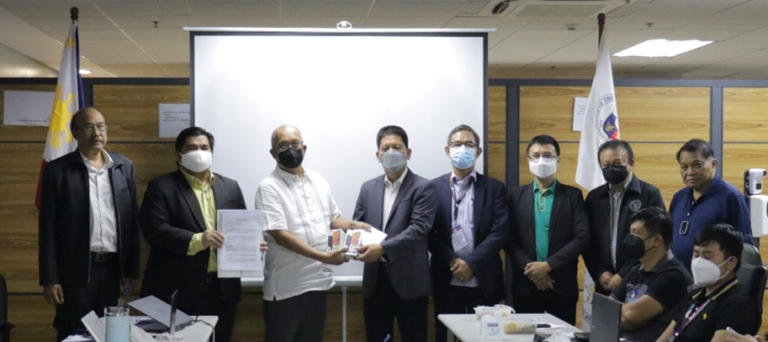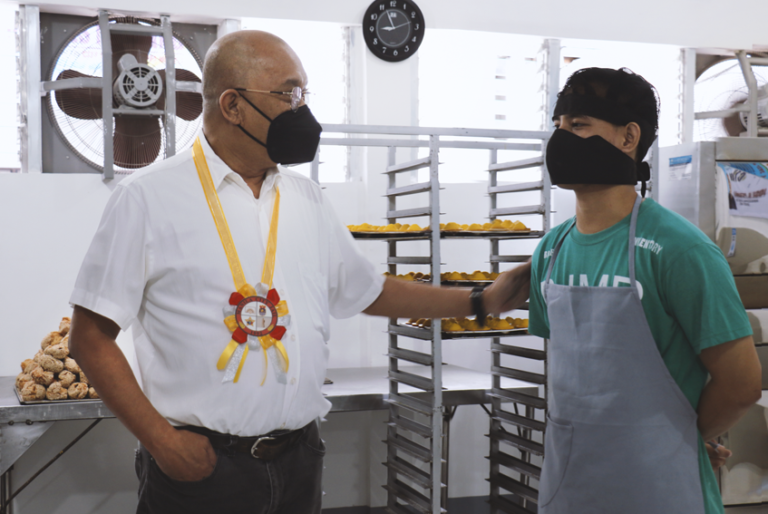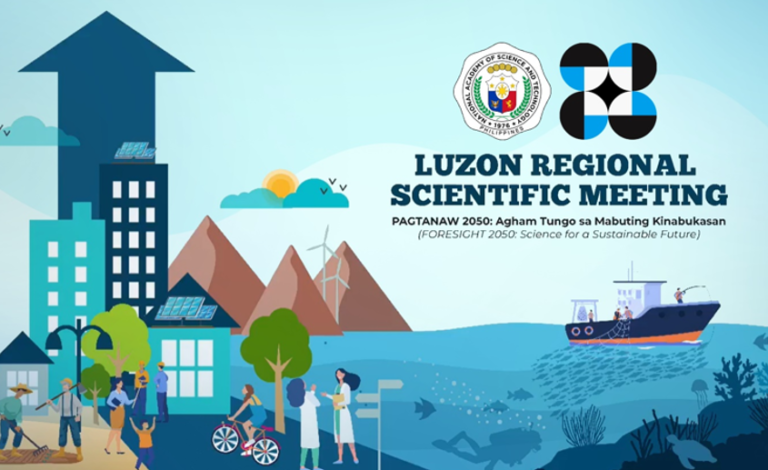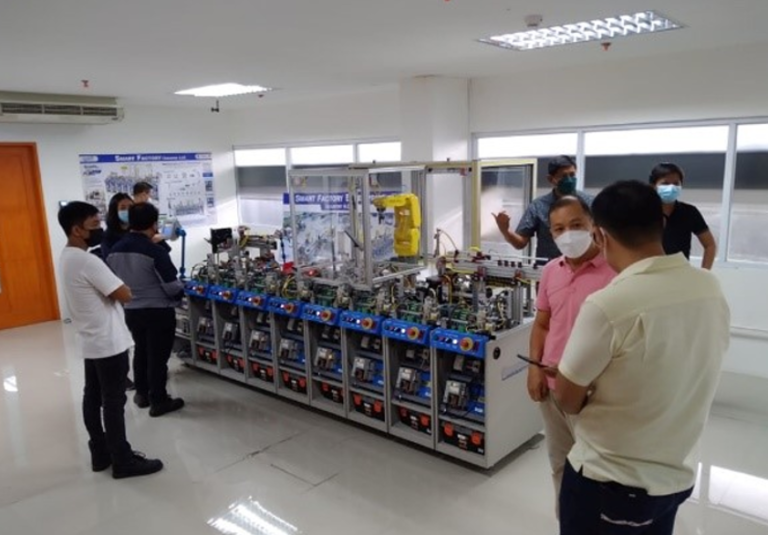Will the Infusion of Technology into Local Weaves Spur a New Golden Age for the Weaving Industry?
There was a time in the not so distant past when the local textile industry seemed to be holding on to dear life. Fast-forward a couple of decades later and local weaves and Philippine Tropical Fabrics (PTF) are experiencing a resurgence in popularity, thanks to a renewed appreciation of Philippine crafts and heritage.
The Philippines’ Department of Science and Technology takes pride in contributing to this positive development by introducing innovations and technologies that make these native crafts sustainable and appealing to today’s generation of consumers.
The DOST-National Capital Region (DOST-NCR) recently provided a platform for local weaves and textiles through its Pamana Agham: Siyensiya sa Bawat Habi at Hibla exhibition, which was held at the Casa Manila in Intramuros. A collaborative activity with the DOST-Philippine Textile Research Institute (DOST-PTRI), the Department of Tourism (DOT), Intramuros Administration (IA), and Partnerships for Sustainability Education (PSE), this year’s Pamana Agham sought to show how heirloom arts and crafts, such as local weaves and Philippine tropical fabrics (PTFs), are being given value added through innovative technologies and processes.
DOST-NCR Regional Director Engr. Romelen T. Tresvalles said that aside from demonstrating the fusion of science and the arts, Pamana Agham is one of the initiatives under the agency’s Science Beyond Borders campaign which promotes an out-of-the-box view of science, technology, and innovation (STI). According to RD Tresvalles, “We want to de-mystify STI and let people know that science is practiced and created by everyone from all walks of life and in various forms, such as these local weaves, to encourage a wider appreciation of STI, especially among the youth.”
DOST Secretary Dr. Renato U. Solidum Jr. said that Filipinos should preserve the tradition of weaving in the Philippines since this craft reflects our inherent creativity as Filipinos, with the designs reflecting the experiences and beliefs of the creators. This sentiment was echoed by DOST Undersecretary for Regional Operations Engr. Sancho Mabborang who referred to designs of local weaves as expressions of a region’s or a clan’s values, traditions, and the weaver’s very soul.
The two-day event featured products from DOST-NCR’s assisted companies, side by side with new weaving technologies that have been developed by the DOST-PTRI, handcrafted weaves, and unique items such as sports shoes made from piňa fiber, a fitting prelude to the launch that day of PTRI’s Safatos Program.
In the evening, guests were treated to a fashion show called Ang Pamanang Habi, which featured DOST-PTRI’s collection from their KatHABI PTFs Reimagined and the Partnerships for Sustainability Education’s (PSE) Sustainable Fashion Show.


Featured at the show were creations from the Anthony Cruz Legarda Collection, the Kawayarn Collection, and Amor Albano’s Collection, which utilized fabrics produced by DOST-PTRI’s community partners. Ang Pamanang Habi also highlighted Rose Ann’s Fabric Gallery Collection, which introduced wearables using traditional and modern cloth from the Cordillera brought to life by Ms. Rose Ann Wangdali, as well as Virrco from the Rommel Rico Collection which showcased ethereal concepts in its designs.
It is hoped that by bringing exhibitions and shows like these to popular public venues, Filipinos will be re-acquainted with the country’s rich history in arts and crafts, which are being sustained for succeeding generations through science and innovation, and lead to a resurgence in the Philippine weaving industry.
By: Pinky Marcelo, SCCU






